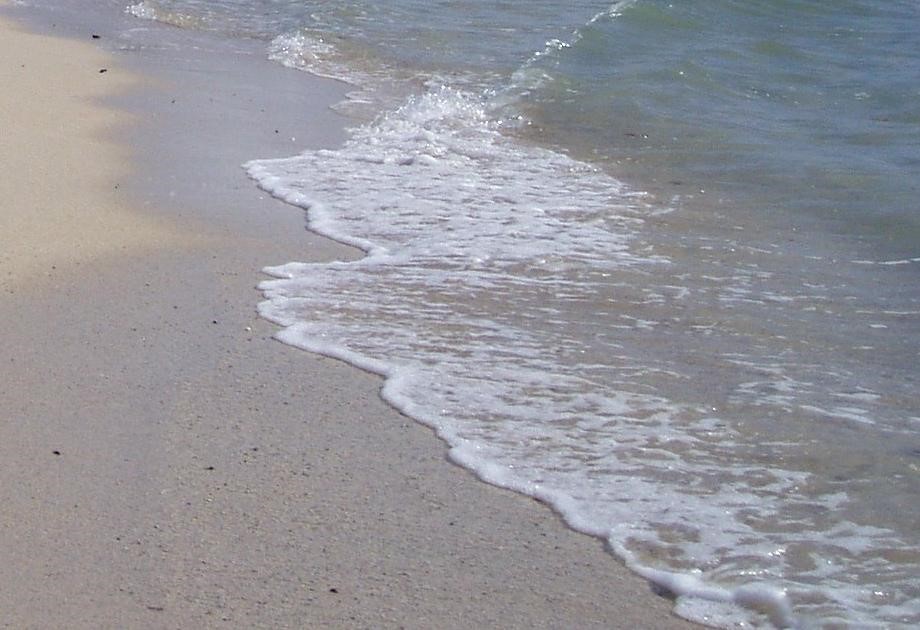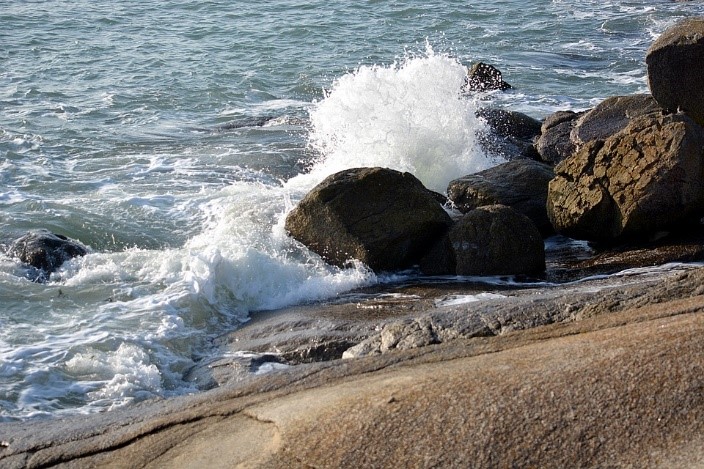The ebb and flow; the crash and clash of conversation
Ebb, flow, crash, clash. These words can create images of waves as they gently crawl over the smooth sand or crash against rocks. Imagine walking along a beach with the gentle lapping of the water as it moves onto the sand and then recedes. It’s calming and meditative. Then, imagine walking along a cliff overlooking a body of water where the waves crash and clash against dark rocks below, and plumes of water spurt upwards and roar down into a frothy white maelstrom.
Now, picture a group of people sitting in a circle or around a table, talking. Here too, we see ebbs, flows, crashes and clashes in the group’s conversation. I call this my ocean wave metaphor. The phrase ebb and flow refers to a recurrent or rhythmical pattern of coming and going or decline and regrowth. Often when I facilitate, I think that the conversation is an ocean and the words and sentences are the different types of waves; gentle, rushing, still, tumultuous ……. The conversation consists of moments of crash and clash when individuals debate fiercely and moments of ebbs and flows when gentle reflective comments are offered to the group.
I recently facilitated a day-long session where I witnessed an ocean wave conversation. A problem was identified, and two drast ically different solutions were proposed. Opinions were diverse; passions were high and crashes and clashes occurred. Yet, in the midst of expressing strong opinions, participants listened to each other, asked questions from a viewpoint of curiosity, and agreed to be silent at times and reflect on all that been said.
ically different solutions were proposed. Opinions were diverse; passions were high and crashes and clashes occurred. Yet, in the midst of expressing strong opinions, participants listened to each other, asked questions from a viewpoint of curiosity, and agreed to be silent at times and reflect on all that been said.
What helps a group successfully converse when ebbs, flows, crashes and clashes exist?
- Help participants establish ways of working together prior to and during the conversation. I had facilitated several sessions with the group I mention above in which we created values and principles for working together.
- Start the conversation with participants expressing their interest in the topic and identify what is fundamentally important to achieve together. Focus on common results that the participants desire. Images and card decks such as VisualsSpeak and GroupWorks work well at this stage.
- Invite participants to sit in a circle with no tables to act as barriers. Encourage them to use a talking piece which helps the person talking to think about what she/he is saying and helps the listeners to focus attention on the person talking. The Circle Way outlines excellent processes and techniques.
- Invite participants to hold moments of silence (ebb and flow). Use an instrument such as a tingsha, bells or singing bowl to signal silence.
- Invite participants to strongly state their opinions (crash and clash). Intentionally use techniques such as active listening in pairs, giving each person one minute of uninterrupted airtime, mock debates.
- Incorporate movement. Invite participants to walk around the room or outside with a partner; talking quickly while walking quickly (crash and clash) and then talking slowly and listening deeply while walking slowly (ebb and flow).
- As always, use a discussion approach to frame the entire conversation. I use the Focussed (ORID) Conversation through Technology of ParticipationTM to design, facilitate and debrief all my conversations.
- Share the ocean wave metaphor. Suggest that participants can think about their discussion through the metaphor and recognize its natural parts.
To date, I have only used the ocean wave metaphor as my internal thought process to help me recognize the patterns of a discussion or conversation. I plan to offer it to groups I facilitate, inviting them to think of their conversations as ocean waves with each sentence being a natural part of the whole and everyone working together to merge all that is spoken into a natural ebb and flow, crash and clash.
